As a holistic veterinarian, I understand that having your furry friend undergo a neutering surgery can be quite an emotional experience. Neutering is a common procedure that helps control the pet population. However, post-operative care is crucial to ensure a smooth recovery. One of the challenges you may face is preventing your canine companion from licking the stitches, which can lead to complications. Did your dog lick stitches out after his neuter? In this article, I will walk you through what to do if your dog licks their stitches out after a neutering surgery and how to take the best care of them during the healing process.

Call Your Vet – Tell Them What’s Going On and What It Looks Like
First and foremost, if you notice that your dog has licked out their stitches, it’s essential to contact your vet right away. As a vet, I always appreciate when my clients reach out to me promptly to discuss their concerns. When you call, be prepared to describe the incision area in detail, such as its appearance, the presence of any discharge, or if your dog seems to be in pain. This information will help your vet assess the situation and determine if any immediate action is necessary. It’s important to remember that licking stitches can lead to complications, such as infection or reopening of the incision site, so acting quickly is key to preventing further issues.
Dr. Candy‘s Pro Tip: Many times clinics have text numbers or email and you can take a picture on your phone and send it to the vet clinic. Some say a picture is worth a thousand words, and in this case it certainly rings true.
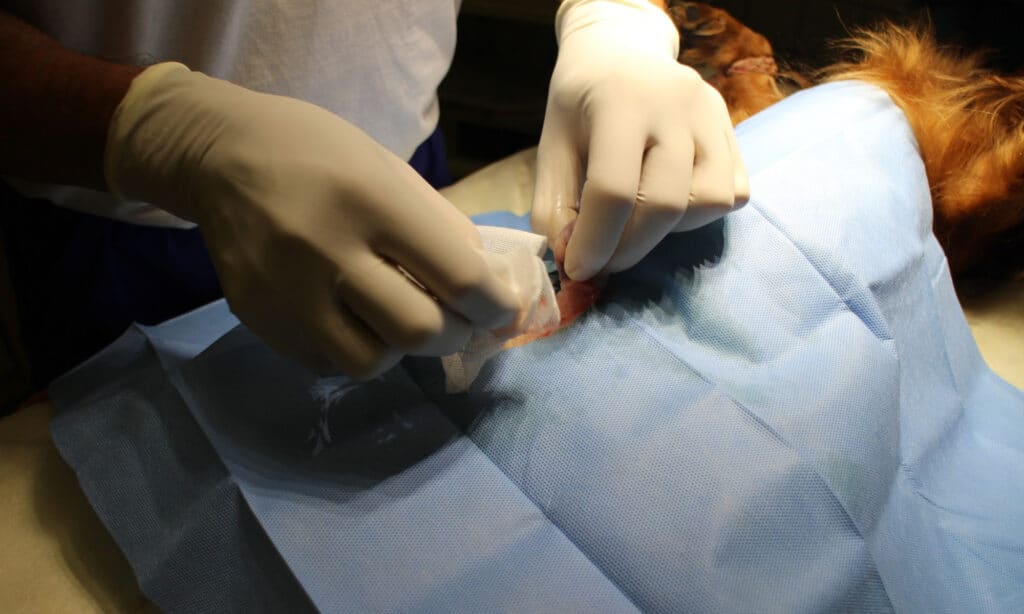
Most Neuters Done in Private Clinics Only Use Internal Sutures
In most private clinics, we prefer to use internal sutures for neutering procedures. Internal sutures are stitches that are placed beneath the skin, making them invisible from the outside. These sutures are designed to dissolve over time, meaning there is no need to have them removed once your dog has healed. One advantage of internal sutures is that they tend to be less irritating for your dog, reducing the likelihood of them feeling the urge to lick the incision site. Additionally, internal sutures usually offer a more aesthetically pleasing result, as they leave minimal scarring. While internal sutures can help reduce the chances of complications, it’s still essential to monitor your dog closely during the healing process and to take proper care of the incision site.
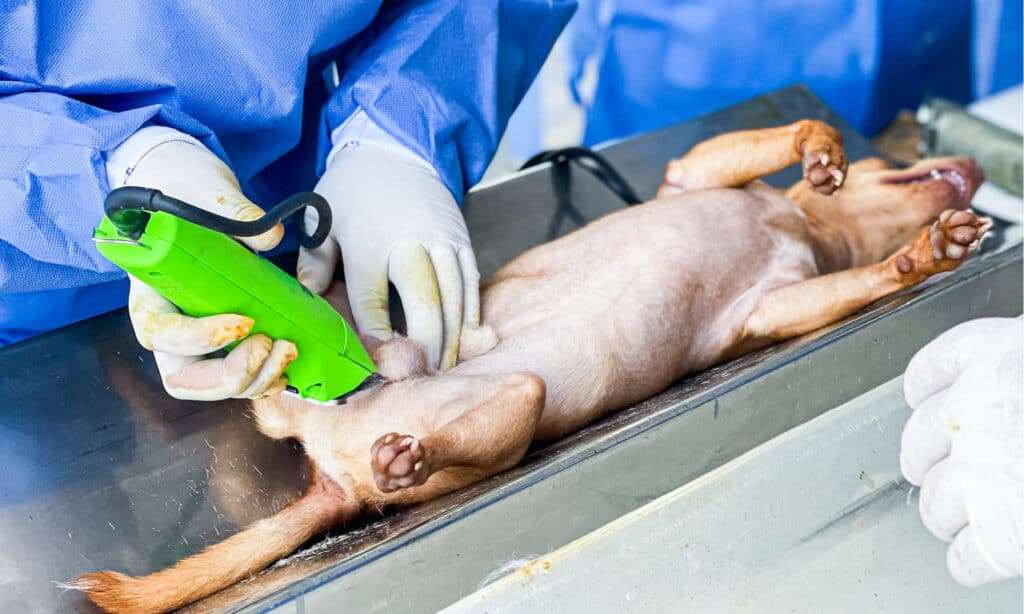
How to Take Care of Your Dog After a Neutering Surgery?
To help your dog recover smoothly from their neutering surgery, there are several steps you should take:
- Monitor your dog’s behavior and incision site: Keep a close eye on your dog’s overall demeanor and check the incision site at least once a day to ensure it’s clean and free of any signs of infection.
- Administer prescribed medications: Your vet may prescribe some medications to manage pain and inflammation. Follow the dosage instructions carefully and complete the full course of treatment to ensure your dog’s comfort and speedy recovery.
- Ensure proper rest and limited physical activity: For the first week or two following surgery, your dog should have plenty of rest and avoid vigorous activities such as running or jumping. Short, gentle walks on a leash are fine, but make sure to keep them controlled to prevent any strain on the incision site.
Hygiene is Important
Maintaining good hygiene is essential to prevent infection and ensure a smooth healing process. Here are some tips to help you keep the incision area clean and dry:
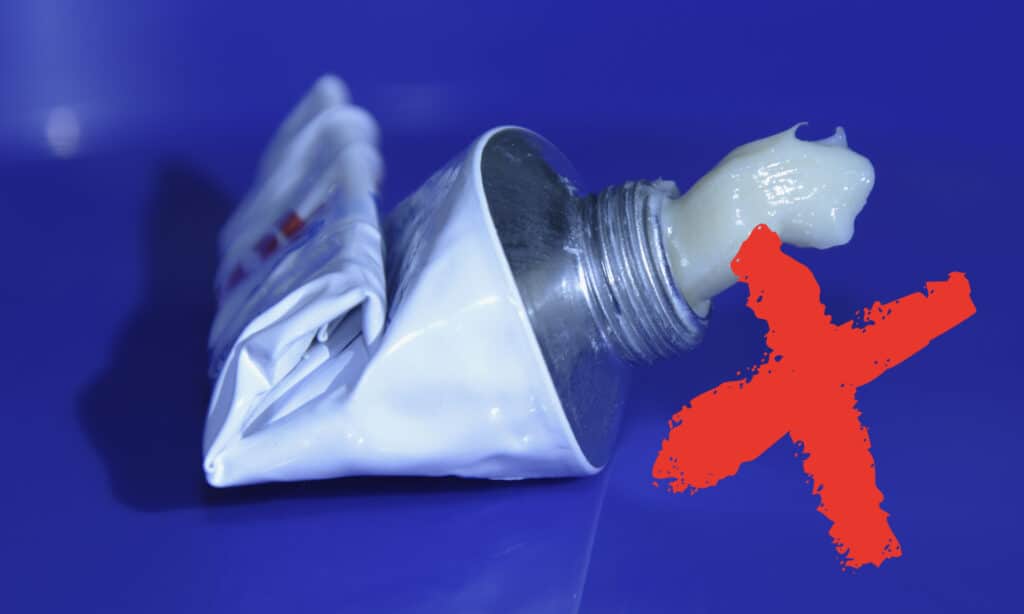
Avoid applying any ointments or creams to the incision site unless specifically instructed by your vet, as these can sometimes interfere with the healing process or attract your dog’s attention to the area.

Be on the lookout for signs of infection, such as redness, swelling, or discharge from the incision site. If you notice any of these symptoms, contact your vet right away.

Keep your dog’s bedding clean and change it regularly to minimize the risk of infection.
Comfort For Your Dog After Neuter
A comfortable and safe environment is essential for your dog’s recovery. Here are some tips on how to make your dog feel at ease during the healing process:
- Provide a cozy and quiet space: Set up a comfortable area in your home where your dog can rest undisturbed. Make sure it’s free from drafts and loud noises to help them feel relaxed and secure.
- Offer gentle affection: Your dog may feel a little anxious or unsettled after surgery. Offering soothing words, gentle petting, or even just sitting nearby can help reassure them that they are safe and loved.
- Adjust your dog’s daily routine: Your dog’s normal routine may need to be adjusted to accommodate their recovery. For example, you may need to limit their outdoor time, feed them smaller meals more frequently, or help them navigate stairs if they’re having difficulty. Be patient and flexible as you support your dog through this temporary change in their routine.
What to Do to Keep Your Dog Distracted From Licking His Neuter Incision?
Preventing your dog from licking their incision site is critical to avoid complications. Here are some strategies to help keep your dog distracted:
- Use an e-collar or alternative protective devices: An e-collar, also known as a “cone of shame,” can prevent your dog from reaching the incision site. There are also inflatable collars and recovery suits available that may be more comfortable for your dog while still providing protection.
- Engage your dog in low-impact activities: While your dog should avoid vigorous exercise, you can still engage them in gentle play or mental stimulation. Puzzle toys, treat-dispensing toys, or simple obedience training can help keep their mind occupied and reduce boredom.
- Reward your dog for not licking the incision site: Praise and reward your dog with a small treat when you notice them leaving the incision site alone. Positive reinforcement can help discourage licking behavior.
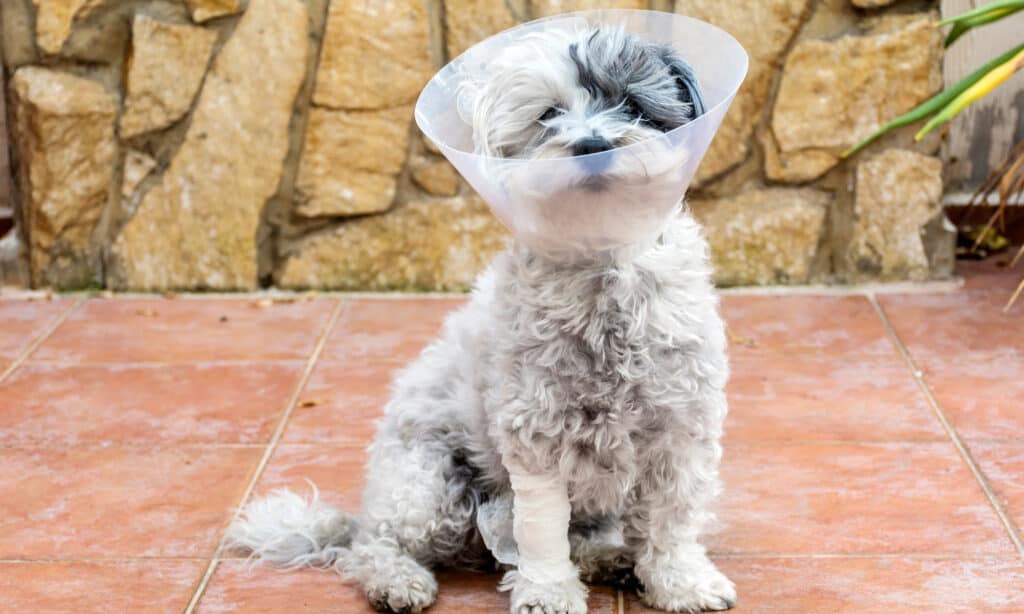
How Can You Tell the Incision is Healing Well?
A well-healing incision will show several positive signs, which include:
- Gradual reduction in redness and swelling around the incision site
- The absence of discharge or pus
- No unpleasant odors coming from the incision
- Your dog is becoming more comfortable and less bothered by the incision
Monitor the incision site daily for any improvements. A typical incision should be fully healed within 10-14 days following surgery.
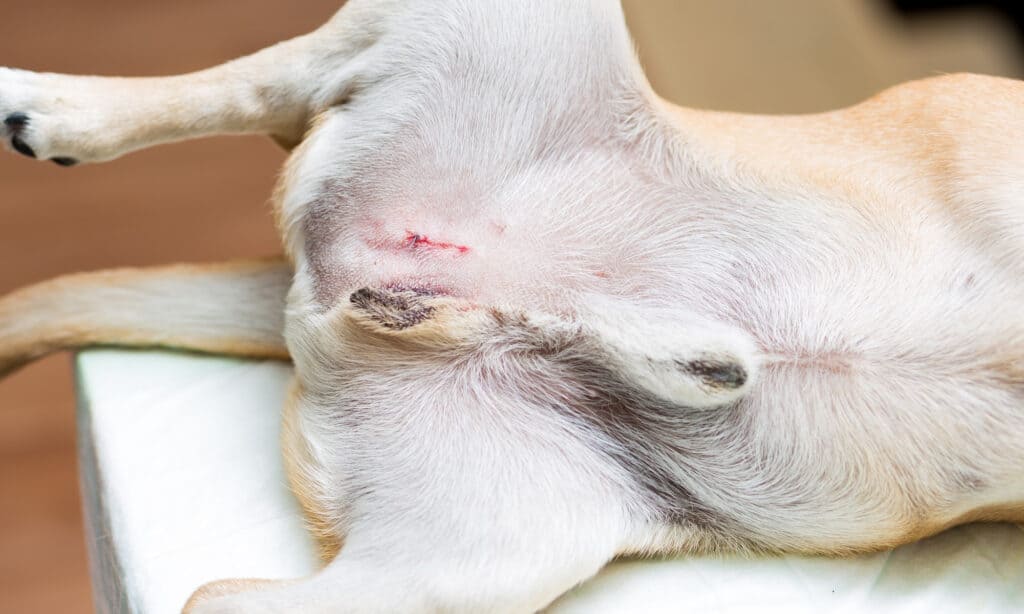
Symptoms to Watch For – Observe Your Dog Until Fully Healed
Throughout the recovery process, be vigilant in observing your dog for any unusual symptoms or behaviors. Here are some common symptoms to be aware of:
- Excessive licking or biting at the incision site
- Lethargy or lack of interest in normal activities
- Changes in appetite or water consumption
- Signs of pain, such as whimpering or restlessness
If you notice any of these symptoms or are concerned about your dog’s behavior during the healing process, don’t hesitate to contact your vet for advice. I always encourage open communication between pet parents and their veterinary team to ensure the best possible outcome for your furry friend.
Wishing you the Best!
~ Dr. Candy
During recovery, frozen stuffed kong toys are a great way to stimulate your dog’s brain while keeping him calm. I’ve got directions and an awesome recipe for a health-boosting toy filling mixture that dogs LOVE!
